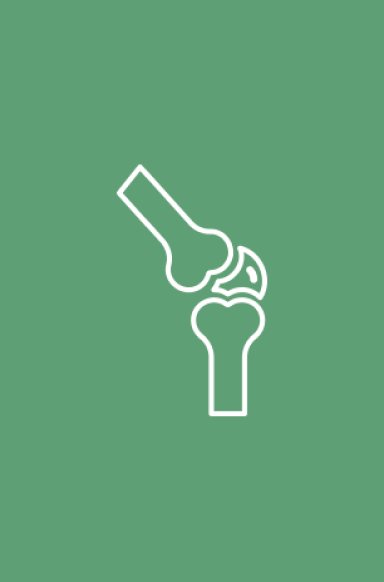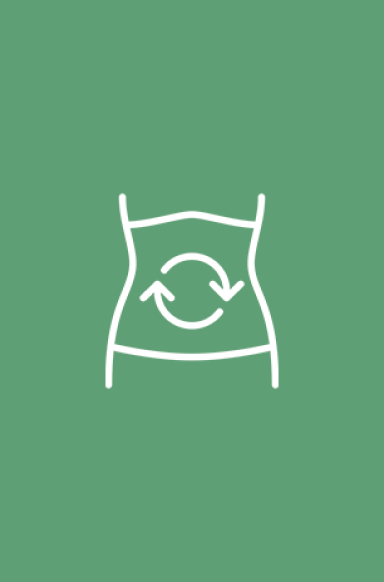Power Naps Can Boost Productivity and Creativity? Here's How

Reading Time: 4 minutes
The idea of napping during the day might seem like a luxury of time or, worse, a sign of laziness. Yet, contrary to common belief, napping isn't just for kindergarteners.
When done right, a power nap can be an invaluable tool for professionals and students alike, offering a myriad of benefits that can vastly improve performance and well-being.
We’re exploring the science behind power naps today and providing strategic insights on how to harness their full potential.
The Benefits of Power Naps
The concept of the power nap isn't a new phenomenon. Many great thinkers throughout history have lauded the power of the daytime rest, from Leonardo da Vinci to Winston Churchill. Modern research also supports the practice, showing that short periods of sleep can yield several substantial benefits.
Increased Alertness
A midday slump can often leave you feeling like you're wading through molasses. A power nap, typically taken in the early afternoon when a natural drop in alertness occurs, can help subvert this decline.
Just 20 minutes of shut eye can significantly increase your attention and motor response, making you feel more engaged and ready to tackle tasks with renewed vigor.
Improved Memory and Learning
The act of napping is not merely about feeling rested; it’s also about enhancing cognitive abilities. Studies have found that naps can bolster memory consolidation, the process by which short-term memories are turned into long-term ones.
If you’ve been grappling with new information or a complex problem, a strategic nap can help your brain cement and process this data.
Enhanced Mood and Creativity
Sleep and mood are intricately tied, and a lack of rest can often lead to irritability and a shortened fuse. By stepping away and napping, you give your mind a chance to reset its emotional compass.
Furthermore, some studies suggest that naps can unlock creativity by allowing the brain to make connections between seemingly disparate ideas. So, if you need inspiration, get those creative juices flowing with a quick daytime snooze.
Optimal Nap Duration and Timing
Not all naps are created equal, and haphazard dozing can lead to grogginess and exacerbate sleep inertia—the feeling of grogginess and disorientation that can follow a deep or prolonged sleep.
To avoid these pitfalls, it's essential to understand the ideal nap duration and the best time to take them.
Ideal Nap Lengths
Scientists and sleep experts agree that there are three general types of naps. A short nap, typically 10 to 20 minutes, offers a quick boost of alertness with minimal grogginess.
Naps lasting 30 minutes to an hour can provide significant memory and mood perks but may come with a slight period of grogginess. Furthermore, naps longer than an hour can lead to sleep inertia and potentially mess with your nighttime sleep patterns. It’s best to stick to shorter snooze sprints.
Strategic Timing for Maximum Effectiveness
The timing of your nap is crucial. Your body’s circadian rhythm naturally dips in the mid-afternoon, around 1 p.m. to 3 p.m., making this an ideal window for a nap. Napping too late can interfere with your nighttime sleep, while too early might not align with your body's natural energy cycles.
Creating the Perfect Nap Environment
Where you nap is as important as when you nap. Distractions, discomfort, and disruptions can all hinder the restorative benefits of a power nap. Thus, setting the scene for the perfect nap is key.
Dark, Quiet, and Comfortable
Ensure your nap space is as dull and silent as possible. The absence of light and noise can help stimulate the release of melatonin, the sleep hormone, while a comfortable position will facilitate a faster transition into sleep and a better quality nap.
Utilizing Sleep Aids
If you're in a less-than-ideal nap environment, don't fret. Tools such as eye masks, earplugs, or white noise machines can help. If you're struggling to fall asleep quickly, consider using relaxation techniques like deep breathing or progressive muscle relaxation.
Strategies for Incorporating Power Naps into Your Routine
The key to napping successfully is to make it a disciplined, integrated part of your day. Set aside specific times for naps, ideally in the early afternoon when our natural energy levels dip.
Avoid oversleeping by setting an alarm and keeping your nap to no more than 20 minutes. Lastly, don't feel guilty about taking a power nap during work hours – research has shown that it can boost productivity.
Scheduling Naps Effectively
Develop a nap schedule and strive to stick to it as closely as possible. If you're able to nap at the same time each day, your body will come to expect and anticipate the rest. Proactively blocking off this time on your work or study calendar can also help you protect this precious period from being eaten up by other obligations.
Avoiding Common Nap Pitfalls
One of the biggest obstacles to napping can be the fear of oversleeping. Set a gentle alarm to help you wake up and place it out of arm's reach so that you have to physically get up to turn it off.
Additionally, be mindful of caffeine intake, as napping too soon after a cup of coffee may make it harder to fall asleep and diminish the benefits of the nap.
Conclusion
Power naps are not a sign of weakness but rather a recognition of the body’s natural rhythms and our need for rest. By incorporating brief periods of sleep into your day, you’re not only giving your mind and body a break but also boosting performance, memory, and mood.
So next time you feel yourself hitting a wall, don’t reach for another cup of coffee or energy drink. Instead, find a quiet space and take a quick power nap to recharge your batteries—just remember not to hit the snooze button.
Share


















